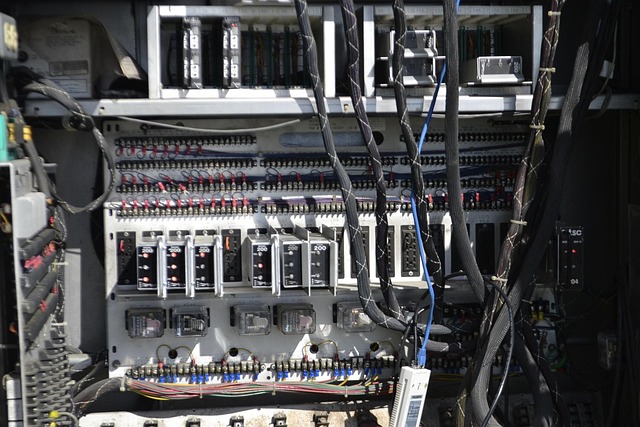Exploring the Benefits of Anti-Aliasing in Hardware
In the realm of technology, especially when it comes to gaming and graphics design, clarity and detail play a pivotal role in the overall experience. As we venture deeper into the world of anti-aliasing, it’s essential to perceive the transformative influence it has on hardware performance and visual output.
Understanding Anti-Aliasing
At its core, anti-aliasing is a technique used to smooth out the jagged edges that occur when diagonal lines or curves are represented on a digital display. This common issue, often referred to as the ‘jaggies,’ can detract from the realism of graphics in video games and simulations. With the right hardware and software configurations, these unwanted artifacts can be minimized or even erased, leading to a more immersive visual experience.
The Technical Side of Anti-Aliasing
Graphics cards today are designed with powerful capabilities that can handle various types of anti-aliasing methods, such as Multisample Anti-Aliasing (MSAA), Supersample Anti-Aliasing (SSAA), and Fast Approximate Anti-Aliasing (FXAA). Each method has its unique approach to rendering and quality improvements, allowing users to choose the most suitable option for their specific hardware enhancements.
Improved Visual Fidelity
One of the most immediate benefits of implementing anti-aliasing in hardware is the dramatic improvement in visual fidelity. Whether you are traversing open-world landscapes or navigating elaborate 3D environments, the smoother edges provide a sense of realism that draws the viewer into the experience. This heightened detail creates more striking graphics, making scenes appear more lifelike.
Enhancing Performance and Enjoyment
Beyond aesthetics, modern hardware is engineered to utilize anti-aliasing without heavy performance penalties. Thanks to advancements in GPU technology, gamers and creative professionals can enjoy high frame rates even with demanding anti-aliasing settings enabled. This balance between stunning graphics and performance is essential, as it allows users to immerse themselves in their digital realities without distractions or slowdowns.
Accessibility for Content Creators
For content creators and designers, the integration of anti-aliasing offers invaluable benefits. Whether you are rendering intricate designs, creating animations, or composing the next gaming masterpiece, hardware that supports anti-aliasing creates a more manageable workflow. This capability allows creators to evaluate their work at a higher quality, ensuring that the final product maintains its intended beauty and craftsmanship.
The Future of Anti-Aliasing in Hardware
As technology continues to evolve, so do the approaches and advancements in anti-aliasing. With the emergence of real-time ray tracing and further innovations in hardware acceleration, the possibilities are endless. The future promises even more refined graphics, pushing the boundaries of what is visually possible in gaming and design.



